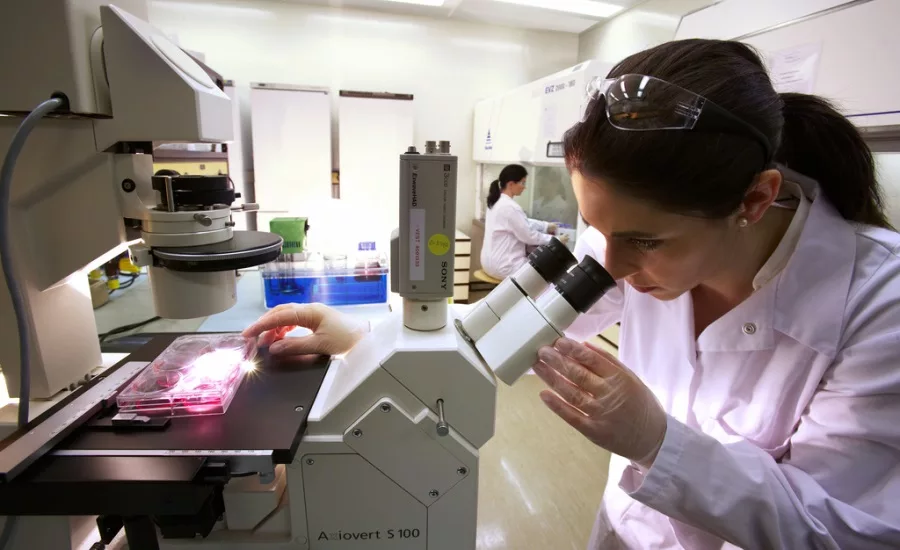The importance of environmental swabbing
A robust environmental swabbing program will greatly help dairy processors in ensuring the prime directive: public health.

The importance of environmental swabbing in dairy operations cannot be overstated. Some reasons are rather obvious, while others may not be so. But the responsibility falls on all food and beverage manufacturing companies to ensure that public safety, health and trust are not compromised in any way.
We do not always see (or are not always made aware of) actions occurring in a manufacturing facility that could have an adverse effect on our primary focus: the manufacture of safe foods and beverages. Things such as construction activities, roof and other water issues, temporary repairs, changes in processes and issues with refrigeration units, conveyors, drains, deteriorating floors, etc., all have the opportunity to create or become niche areas that support bacterial growth.
But a robust environmental swabbing program, as well a comprehensive sampling site selection, will greatly help you and your company in ensuring the prime directive: public health. Although this is only one tool, it is an important one, and many times is the only thing preventing a contaminated product from leaving a facility.
Environmental swabbing is an asset in determining whether pathogens are transient or residents of your facility. There are many vectors that will aid pathogens in their movement through your facility — for example, people, tools, movable equipment, water, pests, contractors, etc. If you implement a successful swabbing program, you will be able to identify transients before they are able to find harborage in either the facility structure or equipment.
Proper technique and choice of swabbing tools must be considered as well. Too many times, I have seen a swab being used for pathogen testing. These swab devices serve a critical purpose, as small cracks, holes and apertures cannot be swabbed correctly without their use. However, they should not be used as the only tools; for example, they are not the best choices for taking environmental samples from easily accessible areas.
Proper pressure on the part of the investigator usually is insufficient with a swab; much more pressure can be applied when using a sponge. If the incorrect swab device is used, you could be putting your company at higher risk. Make sure the environmental swabbing is providing the best protection it can by performing a self-assessment to completely review the program. This can also be done by a trained subject matter expert.
Another important reason to have a diligent environmental swabbing program is to prevent recalls and regulatory visits. With the implementation of FDA’s Preventative Controls rules, the processing environment has been deemed, in many cases, a hazard likely to occur. Therefore, your food safety plans should now be addressing this concern.
Looking for quick answers on food safety topics?
Try Ask FSM, our new smart AI search tool.
Ask FSM →
A strong environmental monitoring program will greatly mitigate the potential of a recall and is the best prevention insurance a company can have. This important program could keep the name of your company out of the news.
Last, everyone wants to have the biggest advantage over the competition. Remember, when a company’s name is mentioned in recalls or in regulatory commentary such as warning letters and documents indicating provisionally approved status, it has a tremendous negative effect on consumer trust.
And competitors stand to gain from this reality.
Recall prevention has many components. Microbiologically speaking, pathogen mitigation, though an effective swabbing program, is well worth the investment in time and personnel, as well as in supply, testing, training, implementation and maintenance costs.
Finding a positive result through swabbing is a win-win situation. It not only serves as a finger on the pulse of the processing environment, but also acts as an early warning system. Addressing the positive in a preventive mode will ensure that continued wholesome food production will continue.








